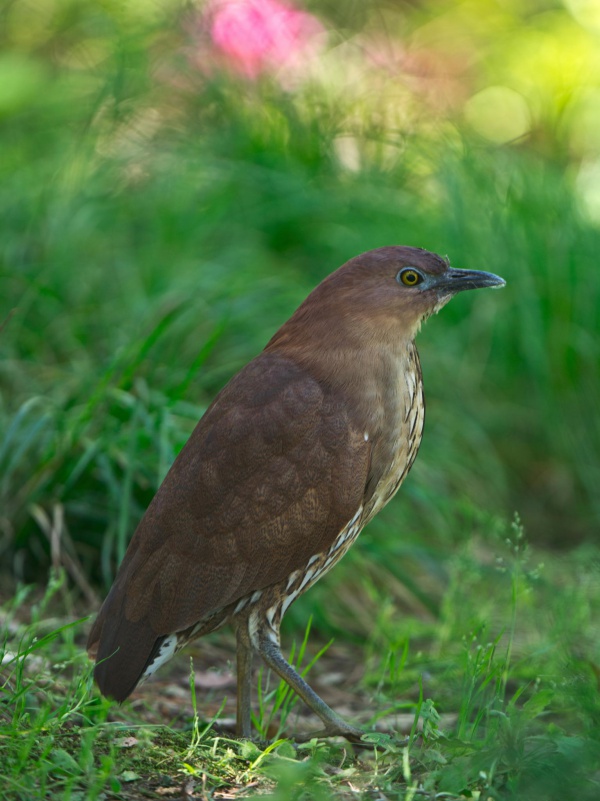Facts About Japanese night heron
The Japanese night heron is a captivating bird native to East Asia. It primarily breeds in Japan and spends its winters in the Philippines and Indonesia. Occasionally, one can be spotted in Korea or the Russian Far East during the warmer months.
These birds thrive in dense, damp forests, but deforestation poses significant challenges in both their summer and winter habitats. Other threats include predation by the Siberian weasel during the breeding season and nest predation by crows. With fewer than 1,000 mature individuals remaining, the Japanese night heron is now a protected species in Japan and Hong Kong.
To assist in their conservation, experts are studying their breeding behavior, safeguarding their habitats, increasing public awareness, and addressing issues related to invasive species. These herons typically reside in dense forests near water, at elevations between 50 and 240 meters. They have a wingspan ranging from 43 to 47 centimeters, with distinct plumage differences between adults and juveniles. Their diet consists of soil invertebrates, crustaceans, and small fish.
During migration, the Japanese night heron often travels across various East Asian countries, occasionally overshooting its intended destination. Breeding occurs in Japan from May to July, with nests built high in trees where they lay eggs throughout the season.
The main threats to their survival include deforestation, predation by crows, and competition from invasive species like the Siberian weasel. Conservation efforts are concentrated on raising public awareness, protecting their habitats, and managing invasive species to help stabilize their declining population.
